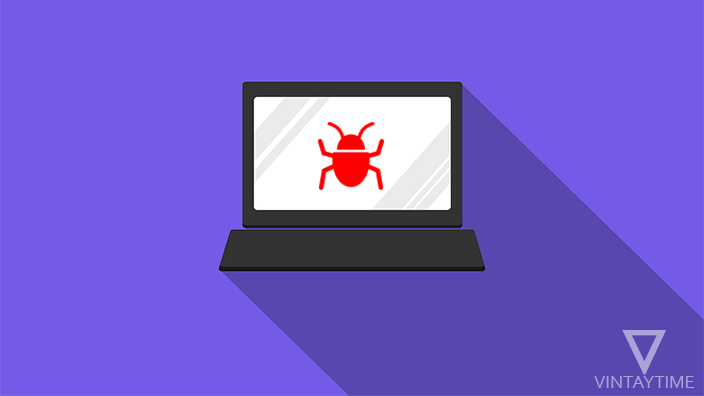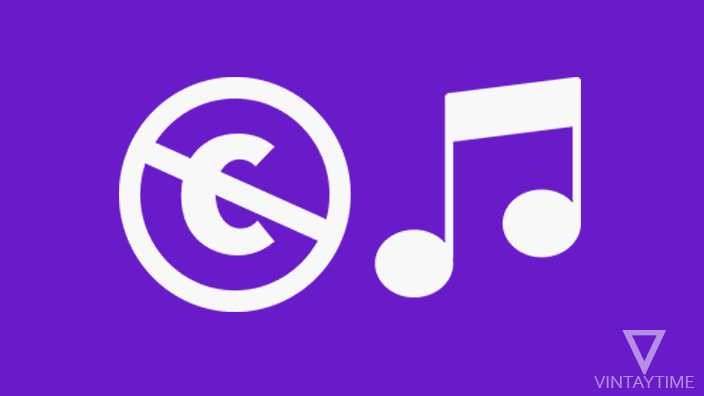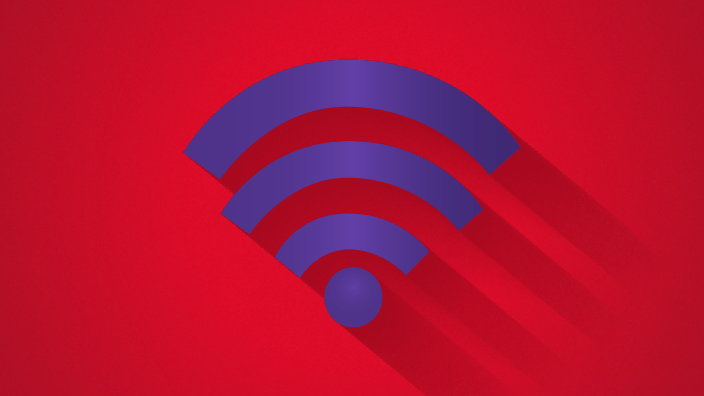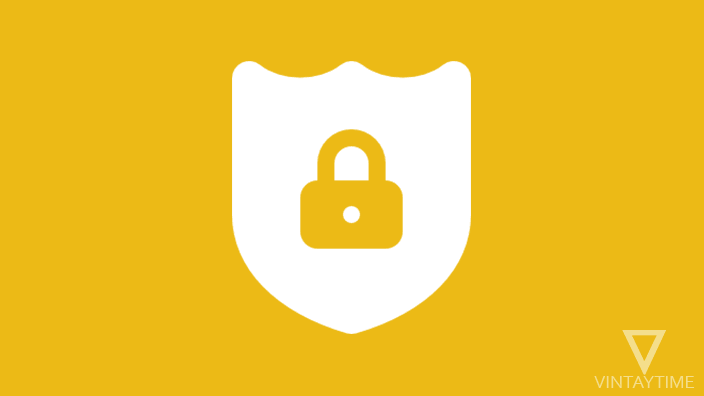Malicious software is a kind of computer virus that automatically runs or install on a computer or mobile device without any permission, and execute their own codes. There are few forms of malicious programs such as viruses, worms, trojan horses, ransomware, adware, etc. and maybe you don’t know the meaning of these forms.
AV-TEST, an IT-security institute registers over 400,000 new malicious software every day, even the rise of malware in the last five years is extremely unbelievable.
Here, I’m going to tell you the simple meaning or definition of Virus, Worm, Trojan, Ransomware, Adware, etc., so you can better discuss about hacking and related topics.
Jump to Virus | Worm | Trojan horse | Ransomware | Spyware | Adware | Scareware.
1. Computer virus

A computer virus is a kind of malicious program that modify other computer programs and data files without any permission. Viruses are usually written for systems running Microsoft Windows, because it is the most popular computer OS in the world. A computer virus can delete all data stored on the hard disk, change the boot sector of the hard disk, and destroy BIOS of the computer.
Computer viruses can be detected, remove and prevent using an Antivirus software.
2. Computer worm

A computer worm is a kind of self-replicating virus that spreads itself on targeted computers and networks. It didn’t almost always corrupt or modify data in the computer, but it can corrupt, modify and delete data files. The worms cause harm in networks by sending source code copies to other computers and consume network bandwidth.
3. Trojan horse

Trojan horse is a malicious computer program, also known as a Trojan horse virus. Cyber-criminals and hackers used a Trojan to hack into a user’ computer and gain access to their personal/sensitive information, such as banking username and password. Trojan horse can be classified as Backdoor, Exploit, Rootkit, etc.
A Trojan virus can delete, block, modify, copy data on a computer.
4. Ransomware

Ransomware is a kind of malicious program that encrypts computer’ data with a key and restrict access to data until the ransom money is paid. The attacker will display a message like ‘pay the money in order to get the decryption key’, and they gives a payment link where the money should be paid. Ransomware attackers almost always demand payment through the Bitcoin.
5. Spyware

The aim of a Spyware software is to gather user’ information without their knowledge. The information can be any kind, such as personal information, banking credentials, or internet browsing history. According to many IT security companies, Spyware is hard to detect, but many Antivirus software comes with antispyware feature. Spyware software almost always comes from freeware software or download through file hosting sites.
6. Adware

When any computer software, mobile app or a website display so many ads, pop-ups and banners, it will be considered as Adware. Unwanted ads are potentially harmful and could be dangerous for your device. Some types of Adware can gather personal information and track internet browsing history.
7. Scareware

Scareware or Fraudware is a fake, potentially harmful software that cheat users into purchasing harmful software for their device. Scammers display a fake virus alert or a security message to users. For example, the message could be like ‘Your device is infected, click here to scan’. More than 80% users become a fool by installing the malicious security software on their device.





